Ph.D. candidate in clinical psychology Benjamin Katz has just stumbled upon a very wholesome study. It’s called Visual discrimination of species in dogs (Canis familiaris) and it proves that dogs can determine whether another animal is also a dog just by looking at its picture!
Katz was so happy after he read the paper, he decided to share it with his Twitter followers in case they haven’t heard about it yet. So he got to work. One tweet, however, wasn’t enough, and the man ended up writing a whole thread. And what a thread it was. Katz’s love for dogs completely took over; his excitement poured into every word and letter he penned, and he even complimented the tweets with screenshots of the study to really get the point across. Heck, he even posted a few pics of himself with very good dogs by his side. Just continue scrolling and enjoy.
More info: Twitter

Image credits: DrBenKatz

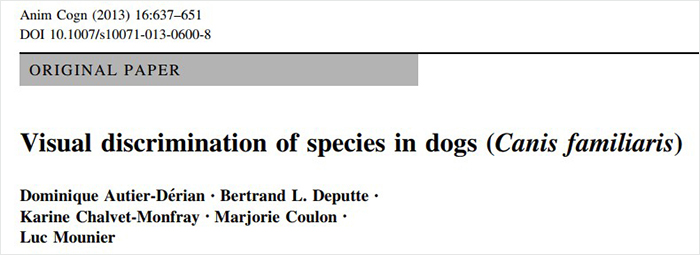
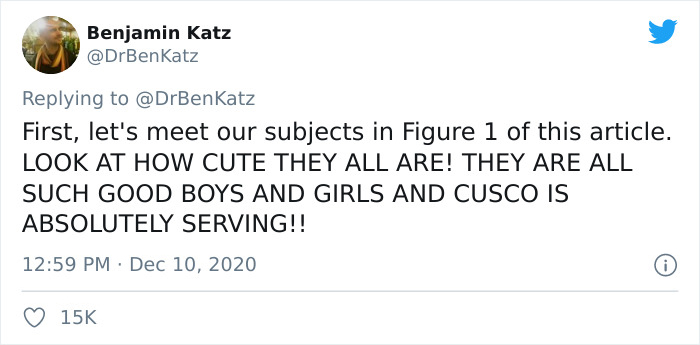
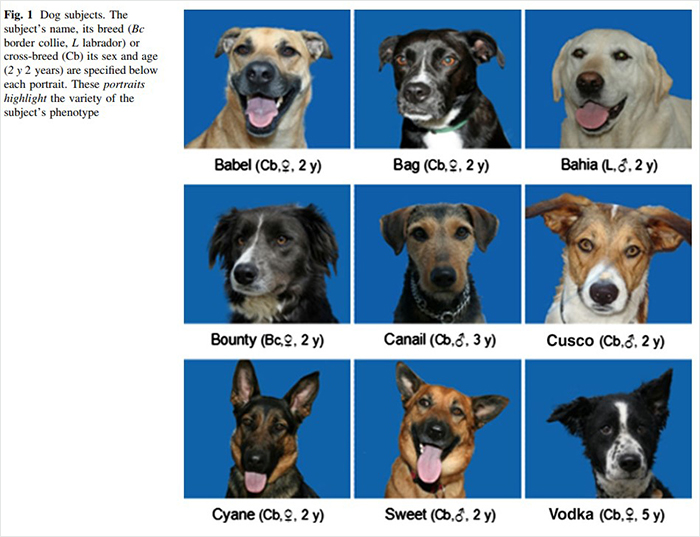
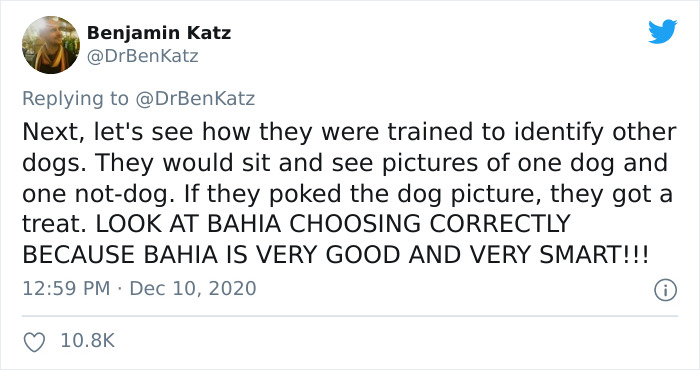
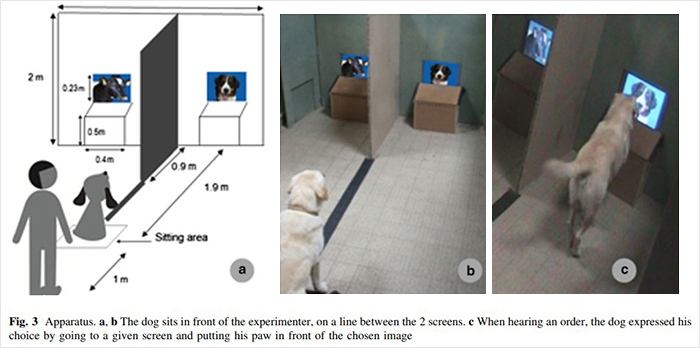
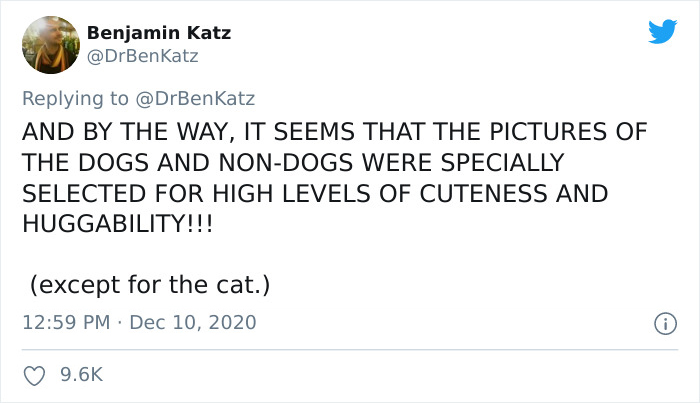
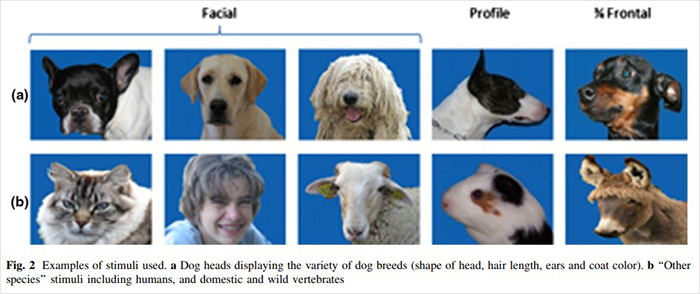

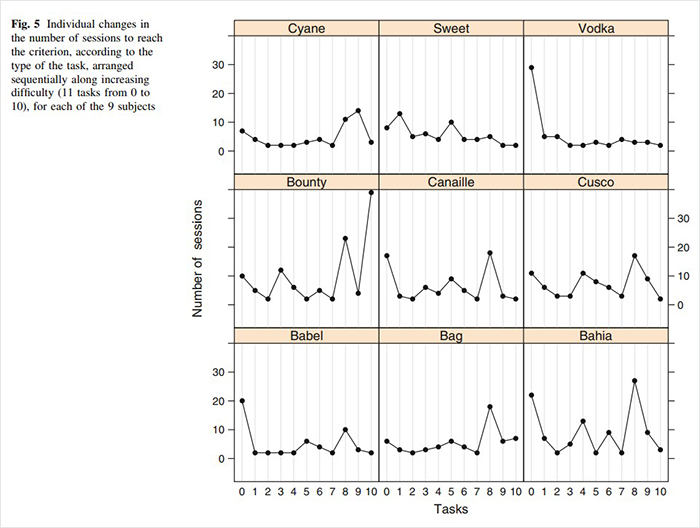

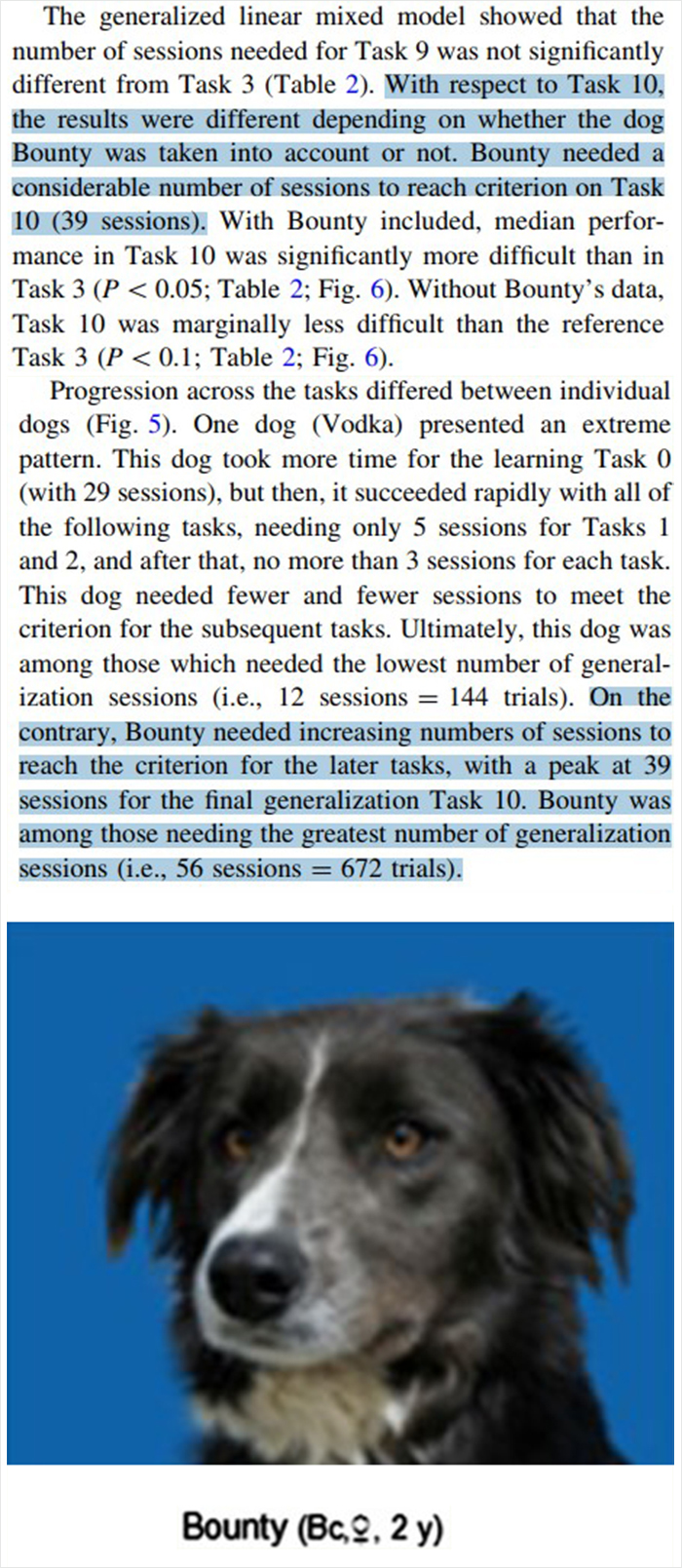


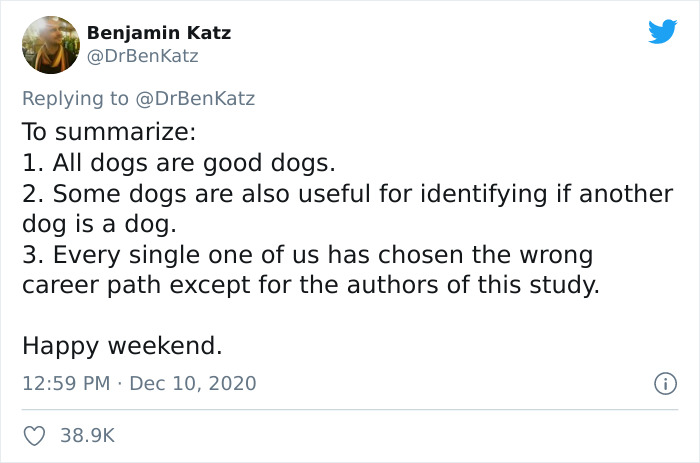
The study went a little like this. The researchers used 2 sets of colored digital head pictures as stimuli: 3,000 dog images and 3,000 “non-dog” images. The position of the display (left/right) varied randomly. Each trial consisted of a choice the pups had to make between the two stimuli, one of them being rewarded while the other was not. The criterion for passing this trial was that the dog without any assistance immediately returned to the ‘sitting area’ and retook the sitting position after the order ‘place!/here!’ was given by the experimenter behind it, sitting motionless before hearing the order ‘image!’ given by the same experimenter, and then in a delay of fewer than 10 seconds gets up to put its paw in front of the chosen stimulus.
The experimenter wore dark glasses and stood motionless, arms by his sides, 1 meter (3 feet) behind the dog, activating a clicker if the dog’s choice was correct and dropping a food reward behind it. After making an incorrect choice, the dog simply returned to the ‘sitting area’ where it resumed its sitting position, facing the screens. Great care was taken to avoid visual, tactile, or acoustical cues that could inform the subject about the location of the rewarded stimulus. The researchers even recorded the whole experiment and checked for possible cueing of the dogs.
All sessions were the same for the nine dogs. The criterion for a subject to pass from a given task to the following one was set at 10 correct trials out of 12, for two consecutive sessions.
After Task 6, the stimulus-reward contingency was reversed so that picking the “non-dog” image was rewarded.
“Our results explore the dog’s ability to visually discriminate 2D pictures of the faces of various species depending on whether they represent dogs or not,” the researchers wrote. “Behavioral studies investigating the capacities of dogs to use visual cues for face identification are still relatively sparse compared with humans and other animals such as non-human primates, sheep, and heifers. Compared to previous studies investigating such abilities in domestic dogs, our study is the only one using as stimuli species other than dogs and humans, that is, domestic species (cats, cows, sheep, horses, etc.) and wild species (tigers, birds, rodents, etc.).”
“Our study may suggest that dogs can form a visual category of ‘dog pattern,'” the researchers concluded. “We may then hypothesize that there may exist some invariants in dog morphotypes that allow the nine subjects to group pictures of very different dogs into a single category despite the great diversity in canid species.”
Benjamin is really happy with the way people have been responding to his wholesome thread
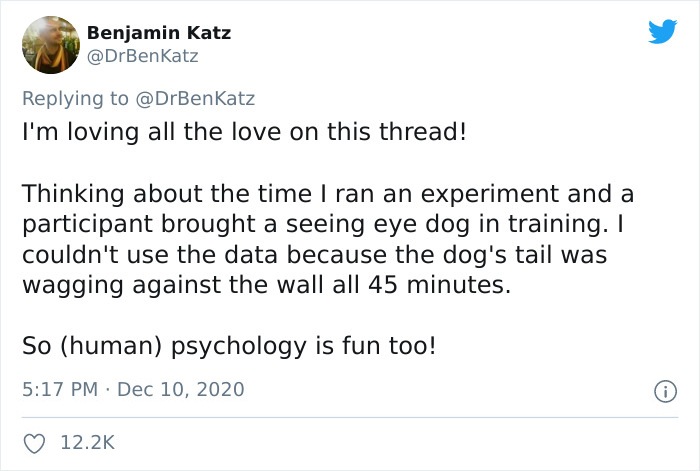
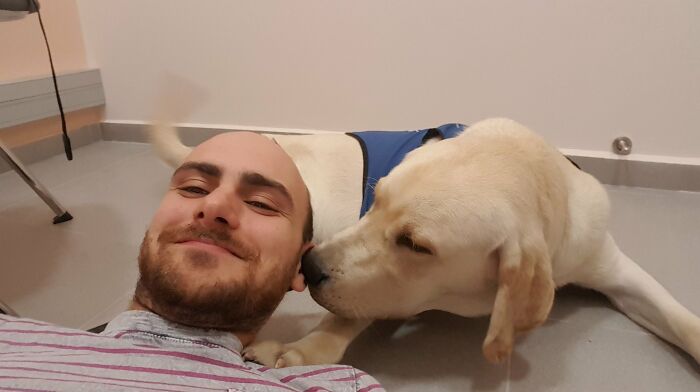
“I’m working with some EEG data right now,” Benjamin Katz told Bored Panda. “[It’s those] brain waves you collect when the participants wear a cap with electrodes and wires sticking out of it. Data analysis can be pretty dry and I was looking for a distraction, so all of a sudden it was the most important thing in the world for me to figure out how dogs know that other dogs are dogs. When I googled it and found that the research was both rigorous and adorable, I was hooked.”
Benjamin and his roommate were laughing out loud at how cute it was long before he tweeted about it. “I also like the research itself because it does help us understand dogs better. I always knew that dogs could identify each other by scent and gait. It was new to me that they also do by sight.”
As you can probably tell by now, Benjamin loves dogs. “I grew up with them my whole life,” he said. “Honestly, I love how simple and straightforward they are in showing you what they like. Most of the time they walk in the room and seem surprised at what’s going on but still happy to be there. We all need that kind of vibe in our lives.”

Image credits: jeriann

Image credits: DrBenKatz
Benjamin said the reactions to his thread have been incredible. “I actually study how people experience social approval and disapproval and I can tell you—it gave me a dopamine rush that lasted for days. Honestly, I just feel lucky that so many people came together to make such a kind and wholesome corner of the Internet. So many dog pics and videos and genuinely funny jokes are in the comments! There were some cat people who were unhappy that I said the picture of the cat was unhuggable, but that’s OK. I stand by my opinion.”
He even emailed the author of the paper to thank her for making tens of thousands of people happy for a couple of minutes. She thanked Benjamin and said she’s not a social media person, so she was happy he helped get the word out. And she also appreciated his enthusiasm!
And here are some of the reactions
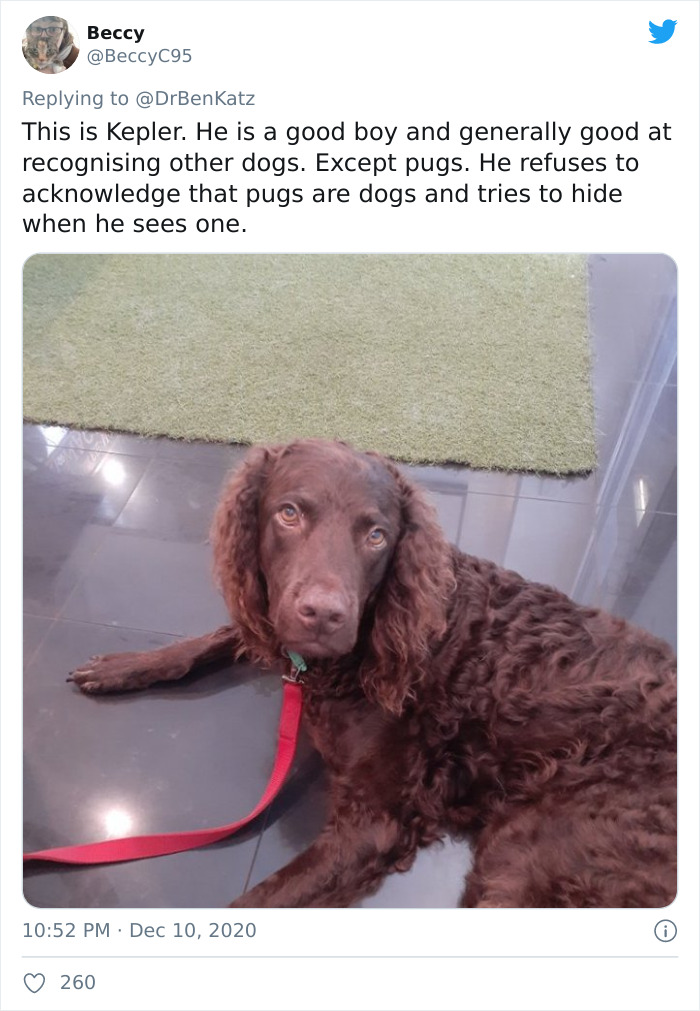
Image credits: BeccyC95
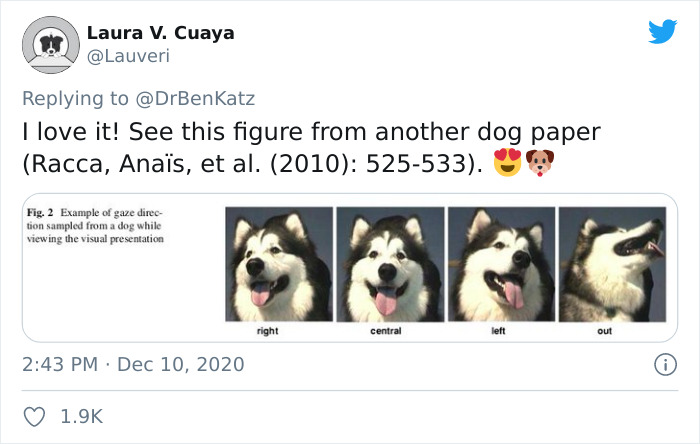
Image credits: Lauveri
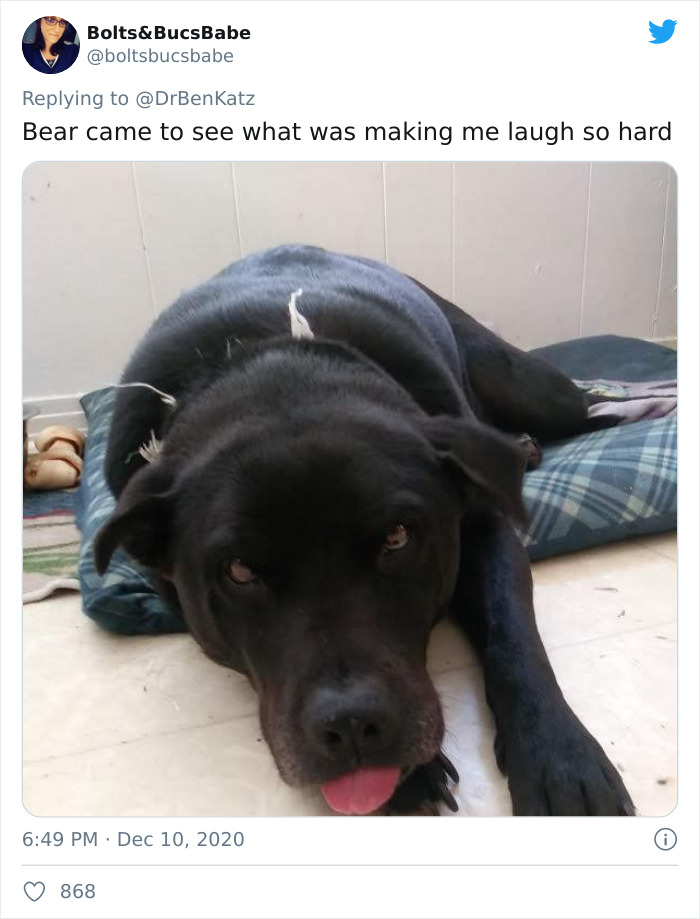
Image credits: boltsbucsbabe

Image credits: admiraladkins

Image credits: micapulina
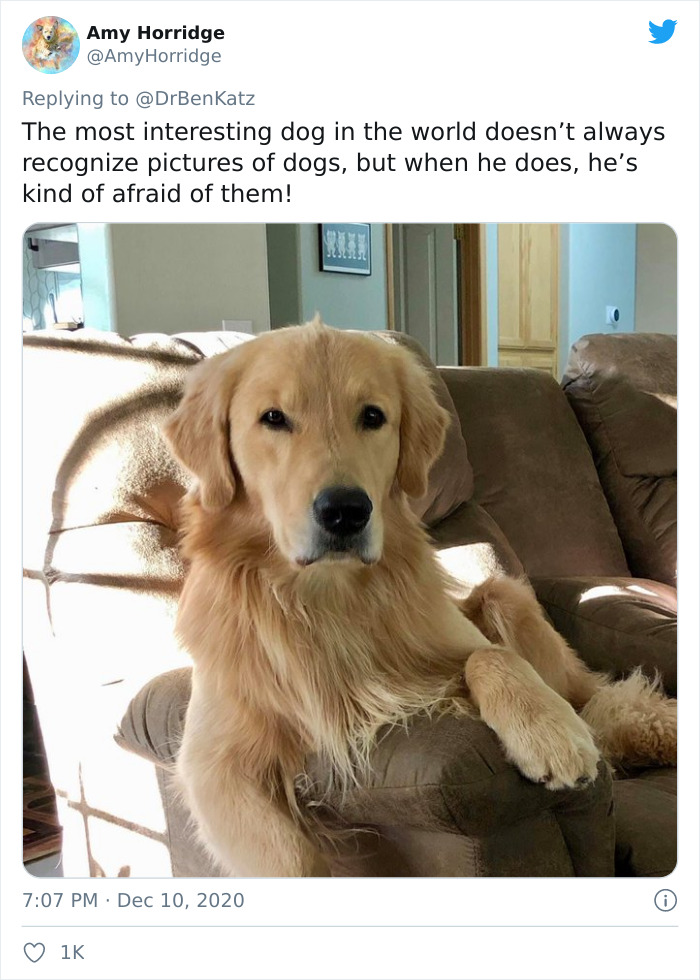
Image credits: AmyHorridge
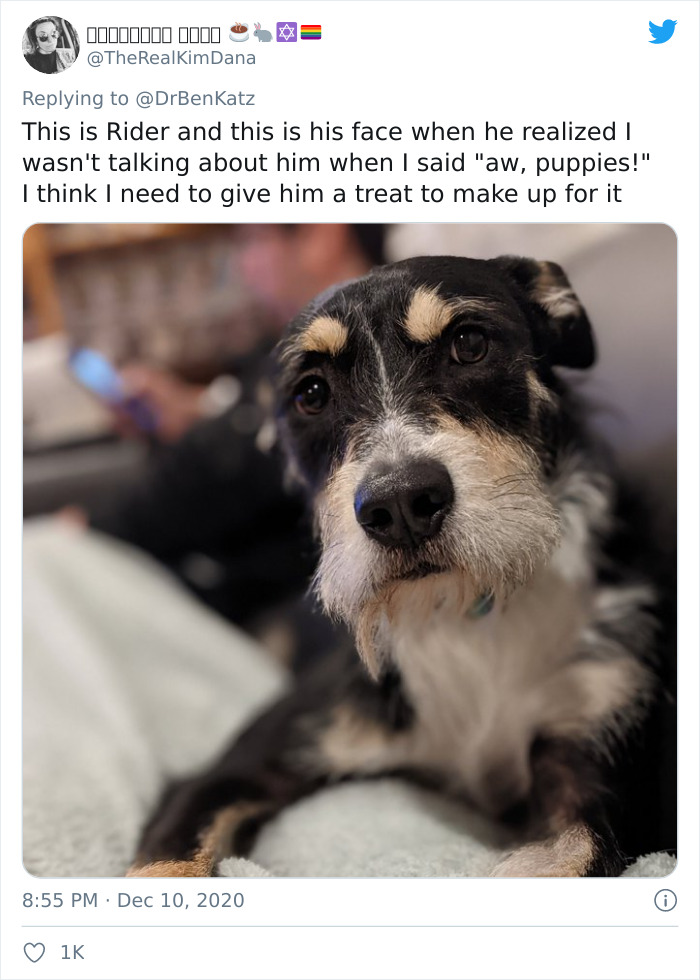
Image credits: TheRealKimDana

Image credits: MJSerraPhD
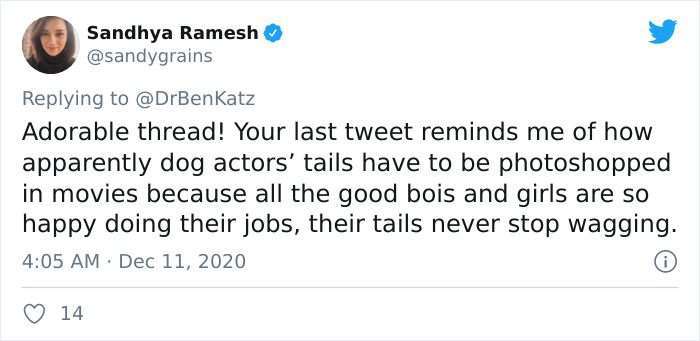
Image credits: sandygrains

Image credits: MsEfraimsson

Image credits: GenCounsNews

Image credits: MyCuppaJo
The post Researchers Try To Identify How Dogs Recognize Each Other, But Their Work Goes Viral For How Cute It Is first appeared on Bored Panda.
from Bored Panda https://bit.ly/2WfOK6h
via Boredpanda